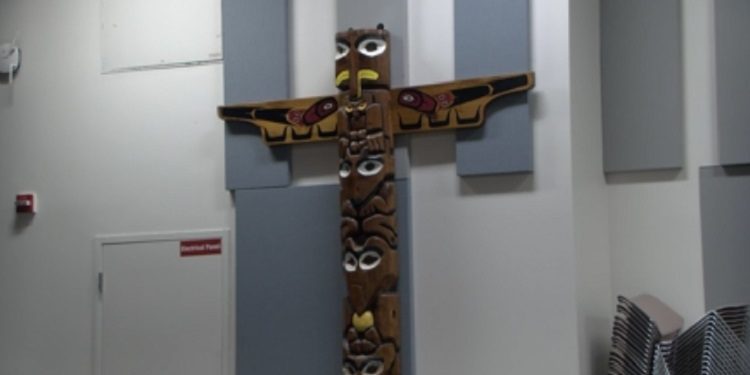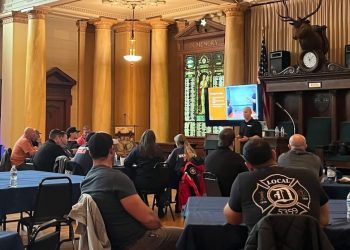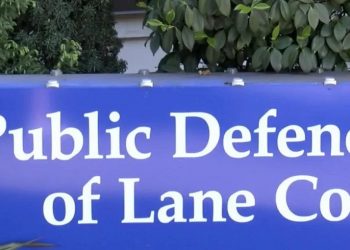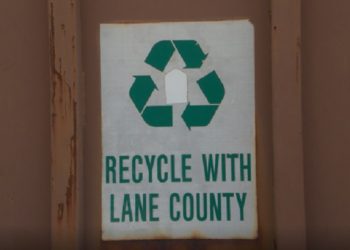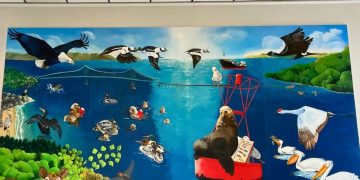EUGENE, Ore. – The Eugene School District 4J is taking steps to resolve a controversy surrounding the presence of totem poles at several of its campuses, following concerns raised by local Native American communities. The district has announced plans to remove the poles, which have been criticized for misrepresenting indigenous cultures in the region.
The controversy began about a year ago when members of local Native American tribes voiced their objections to the totem poles, explaining that the structures are not part of the cultural heritage of tribes in the Eugene area. According to these community members, totem poles are a hallmark of indigenous groups from the Pacific Northwest, particularly those from areas much farther north of Eugene, and were not created by Native American people in this region.
Colt Gill, the interim superintendent for 4J, explained that local Native American representatives had informed him that the totem poles were not created by recognized tribal authorities or native carvers. They expressed that the poles were causing harm and requested that the district take action to remove them.
“We will remove the totem poles, but we are committed to replacing them with something that better reflects the local indigenous culture,” Gill said. “We’ll work with our students in our Native Student Unions and Native programs to decide what they would like to see take their place. Potential options could include a native garden or a dugout canoe—something that has cultural relevance to this area.”
The totem poles, which have been displayed at various schools and the district office, will be removed from North Eugene High School, Madison Middle School, Spencer Butte Middle School, and the 4J district office auditorium. A totem pole at Sheldon High School, located on City of Eugene property, will be addressed separately by the city.
The issue is set to be discussed in greater detail during the Eugene School Board meeting on April 23, where further decisions may be made.
The removal of the totem poles follows the district’s commitment to cultural sensitivity and collaboration with local Native American communities. As the district works to find a suitable replacement, the involvement of indigenous students and their input will be central to ensuring that the new monuments are more reflective of the area’s cultural history.

